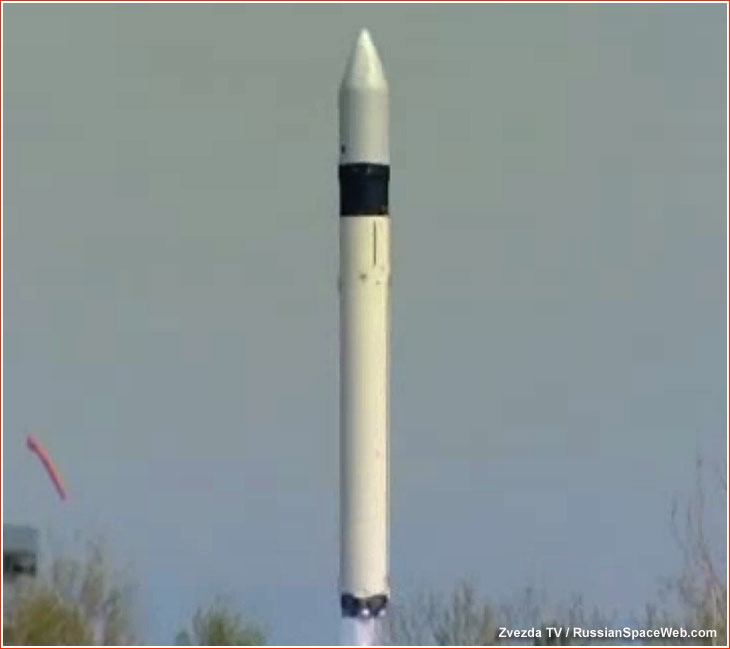Every year, from March through November, millions of people hit the road to watch the excitement and thrills as military and civilian flight demonstration teams put their high performance aircraft through the paces to entertain the crowds and perform at air shows all over the world. Anyone who has attended one of these events will tell you it is thrilling to watch the close quarter flying of the Blue Angels delta formation or the hair-splitting maneuvers of the Thunderbird opposing solos.
While attending the show and enjoying the sights and sounds is an exciting experience that is only half the fun. You can add another whole dimension to that visual experience by monitoring the performing teams’ radio communications.
With a radio scanner in hand you will experience a whole new perspective of the show that few of the attendees will ever experience – pilot audio from the aircraft cockpit. While everyone else at the air show is just watching and listening to the public address system narrator, you’ll be able to hear what’s happening inside the cockpit, up in the tower and on the ground with the hundreds of players that keep these screaming, state of-the-art air machines thundering through the skies.
But you can’t tell the players without a program, and to indulge in the craft of monitoring the air show experience you need a current and well researched list of frequencies that the various performers may use during their performances.
In our new Teak Publishing 2015 Air Show Guide eBook, former Monitoring Times Editor and Milcom columnist Larry Van Horn - N5FPW, delivers the hundreds of frequencies you’ll need to monitor the action if you’re within receiving distance of any air show in 2015.
From the Blue Angels and Thunderbirds, military parachute and search and rescue demonstration teams, to a wide variety of other military and civilian demonstration teams from the U.S. and abroad, Larry has the list of frequencies each unit has used. Now you can bring the excitement you see at the show to your ears. Listening to the nonstop action at the air show on dozens of radio frequencies is part of the real fun of being there.
But wait, there’s more! Larry also
tells you which scanners work best at the air shows, what features you’ll need
and which models can cover the military as well as civilian frequencies used at
these events. There is also a chapter on tips for enjoying a great day at the
air show.
You will also get frequency lists for other possible
frequencies that may be used at the air show including GMRS, Family Radio
Service (FRS), DoD Intra-Squad Radio frequencies, and even Civil Air Patrol VHF/UHF
frequencies and call signs. We also include in this eBook an up-to-date air
show Internet resource guide and frequency listings for overseas military and
civilian aeronautical demonstrations teams. Finally you will get the latest air show schedules for the Navy Blue Angels, Air Force Thunderbirds, Canadian Forces Snowbirds and the Army Golden Knight Parachute Teams. We include with each show location, the latest air traffic control frequencies for each facility hosting a show, when known. This schedule information only covers the United States and Canada.
This is the 16th edition of this popular frequency monitoring guide published by the author. The first fourteen editions appeared annually each March in the pages of the former Monitoring Times magazine and were one of the most popular features carried in the magazine. This edition of the Teak Publishing Air Show Guide is the most comprehensive collection of air show information and frequencies currently published for the radio listening hobbyist.
The Teak Publishing 2015 Air Show Guide is now available for purchase worldwide from Amazon.com at http://www.amazon.com/dp/B00R6QG7GW/. The price for this second eBook edition is US$3.99. Since this book is being released internationally, Amazon customers in the United Kingdom, Germany, France Spain, Italy, Japan, India, Canada, Brazil, Mexico and Australia can order this e-Book from Amazon websites directly servicing these countries. All other countries can use the regular Amazon.com website.
When the T-Birds, Blue Angels, and all the other precision flight teams are in the air, Larry has all the frequencies you need to hear them on the air in this new eBook from Teak Publishing!
Frequency updates, correction and late additions between editions of this e-Book will be posted on his Milcom Monitoring Post blog at: http://mt-milcom.blogspot.com/.
You do not even need to own a Kindle reader to read Amazon e-book publications. You can read any Kindle book with Amazon’s free reading apps. There are free Kindle reading apps for the Kindle Cloud Reader, Smartphones (iPhone, iTouch, Android, Windows Phone and Blackberry); computer platforms (Windows XP, Vista, 7 and 8 and Mac); Tablets (iPad, Android and Windows 8), and, of course, all of the Kindle family of readers including the Kindle Fire series. A Kindle e-book allows you to buy your book once and read it anywhere. You can find additional details on these apps by checking out this link to the Amazon website at www.amazon.com/gp/feature.html?ie=UTF8&docId=1000493771.
For additional information on this and other Teak Publishing radio hobby books, monitor the company sponsored Internet blogs – The Military Monitoring Post (http://mt-milcom.blogspot.com/), The Btown Monitor Post (http://monitor-post.blogspot.com/) and The Shortwave Central (http://mt-shortwave.blogspot.com/) for availability of additional e-books that are currently in production.
You can learn more about the author by going to his author page on Amazon at http://www.amazon.com/-/e/B00G1QMO4C.





